Posts Tagged: spiders
Name That Spider!
Name that spider! UC Davis professor Jason Bond is seeking a species name for a new genus of trapdoor spiders he discovered on a sandy beach...
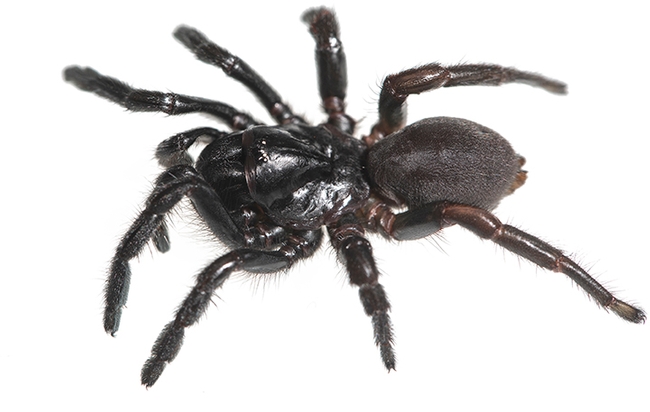
This is the female of the new genus, Cryptocteniza. (Image by Jason Bond)
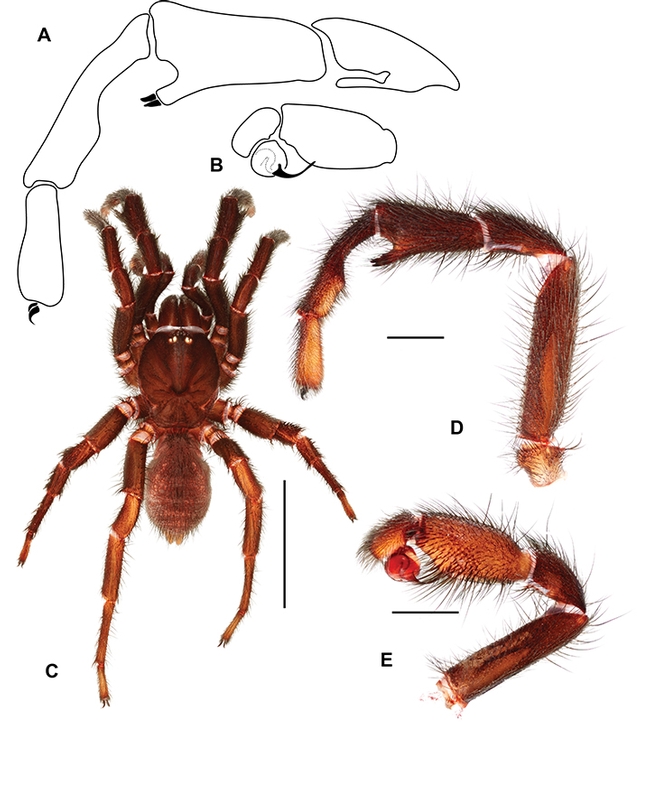
This is the male of the new genus, Cryptocteniza. (Image by Jason Bond)

UC Davis professor Jason Bond found the genus on a sandy beach at Moss Landing State Park, Monterey County. (Illustration provided by Jason Bond)
Searching the California Floristic Province for Trapdoor Spiders
A UC Davis scientist has just received a federal grant to study trapdoor spiders in California, with opportunities for undergraduate students to...
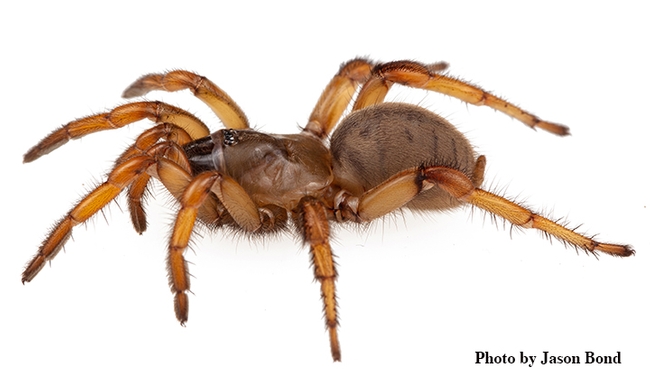
A trapdoor spider, Aptostichus sp., one of the species that Jason Bond studies. (Photo by Jason Bond)
Congrats to UC Davis Doctoral Students Who Study Spiders: AAS Awards
Chances are you're not thinking about spiders right now, but arachnid experts at the University of California, Davis, are. Two doctoral students...
What's for Dinner? How About a Green Bottle Fly?
What's for dinner? A crab spider, camouflaged in our lavender patch, didn't catch a honey bee, a butterfly, an ant or a syrphid fly. No, it nailed...
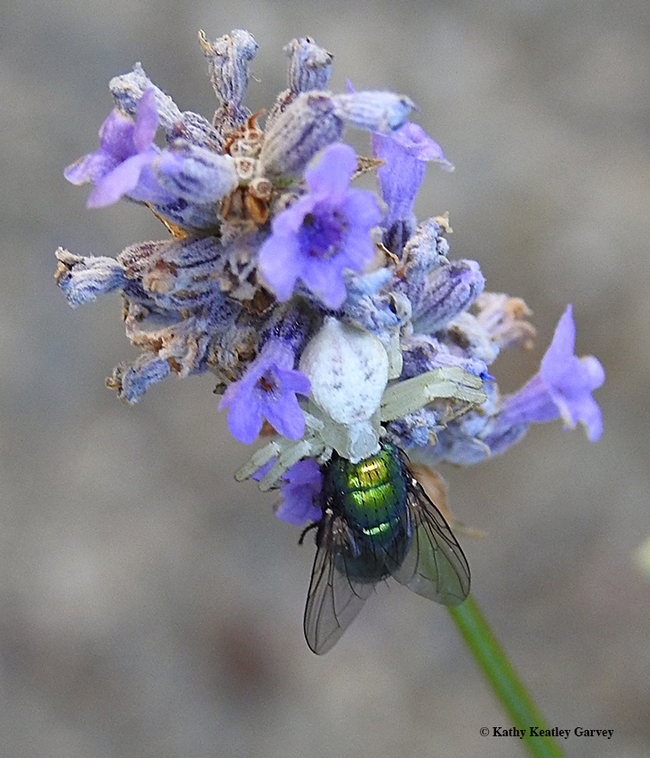
A crab spider dines on a green bottle fly in a lavender patch in Vacaville, Calif. (Photo by Kathy Keatley Garvey)
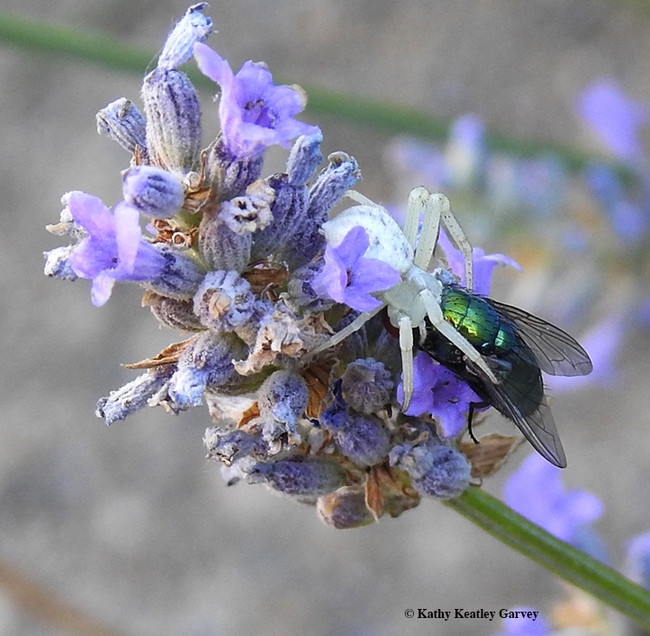
The crab spider is camouflaged, but its prey, a green bottle fly with its familiar metallic blue-green coloring, isn't. (Photo by Kathy Keatley Garvey)
Golden Orbweavers Ignore Biological Rules
Size does matter. Have you ever wondered about sexual size dimorphism in the tropical spiders, the golden orbweavers? The females are sometimes 10...
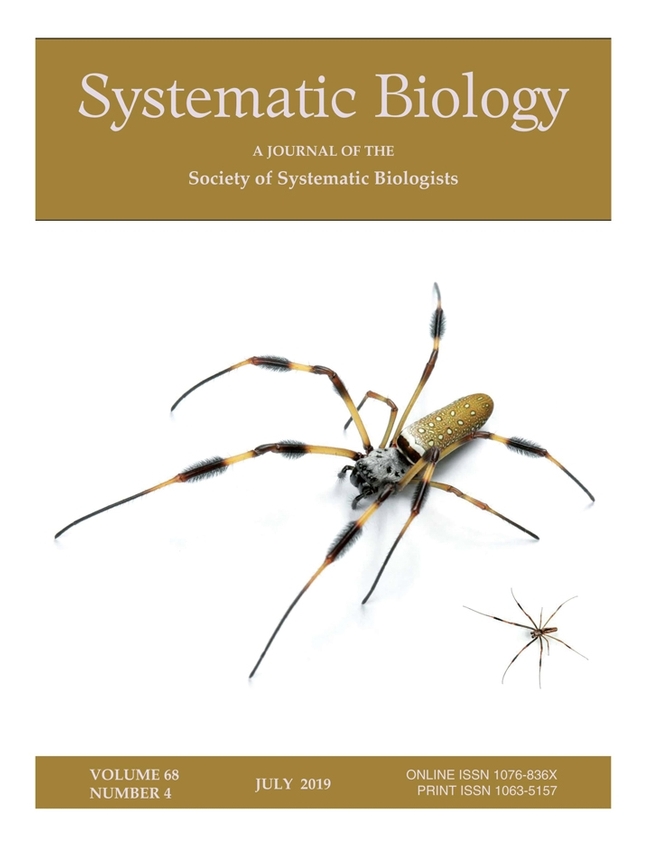
A female Trichonephila clavipes (formerly Nephila clavipes) is a giant compared to her small male (below). The research covers a complex pattern of sexual size dimorphism in this group of spiders, family Nephilidae. (Image copyright by Chris Hamilton, University of Idaho)

